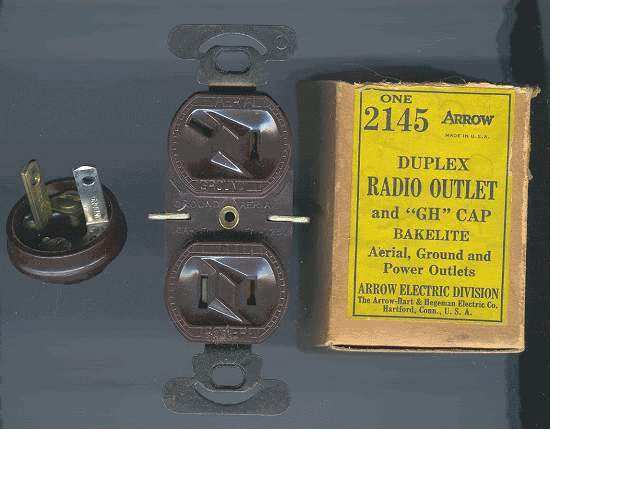c2500
Senior Member
- Location
- South Carolina
I am doing a remodel on a late(?) 1930's home. Due to a deviation in the way the house was wired, I accidentally cut power to this receptacle. (The dining room fixture was removed due to the insulation shower I took when removing the fixture. In rewiring the 3-way, and extra wire left the switch box and went to this device and I did not catch it until I had started cutting the old box out.)
I have never seen one before and while it is obvious it goes to some type of antenna, does anyone know exactly what it did? At first, I thought it was a defective receptacle based off of the deformed nuetral side on the upper portion of the device.
Thanks,
c2500
I have never seen one before and while it is obvious it goes to some type of antenna, does anyone know exactly what it did? At first, I thought it was a defective receptacle based off of the deformed nuetral side on the upper portion of the device.
Thanks,
c2500




